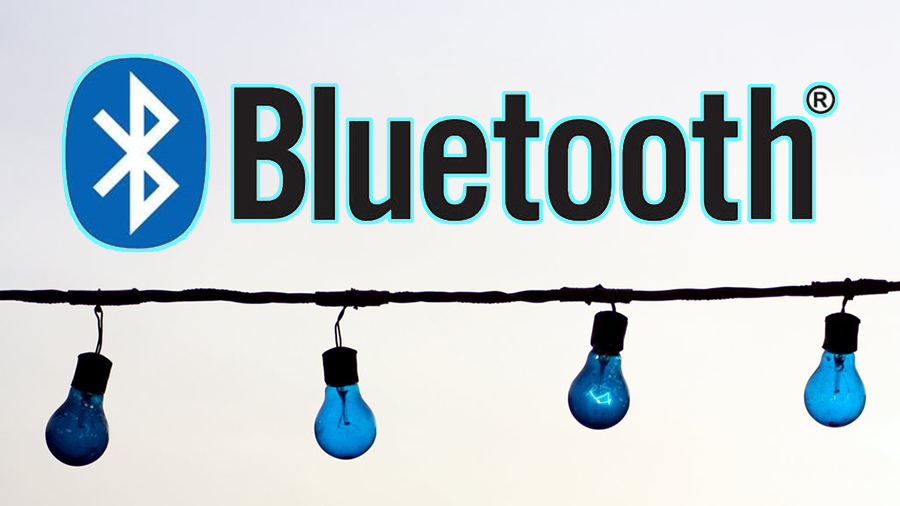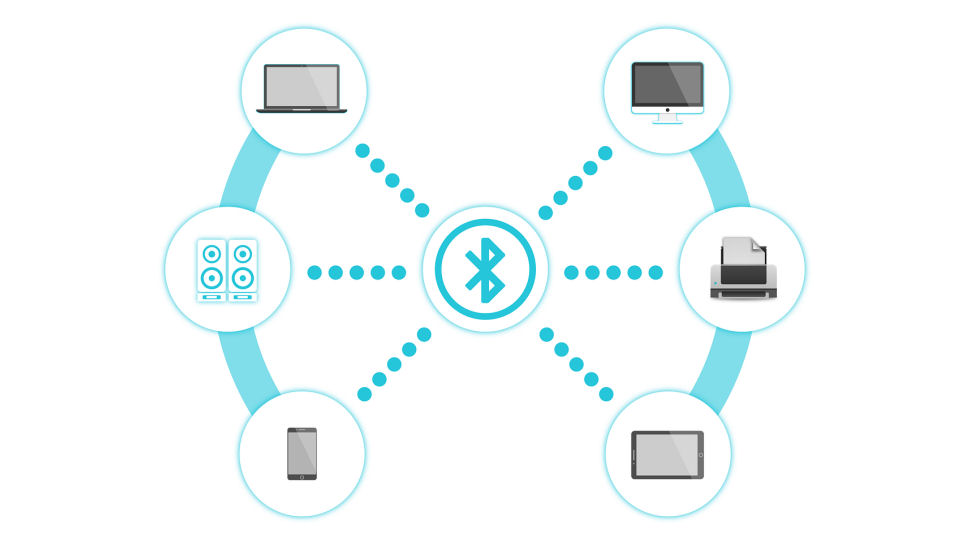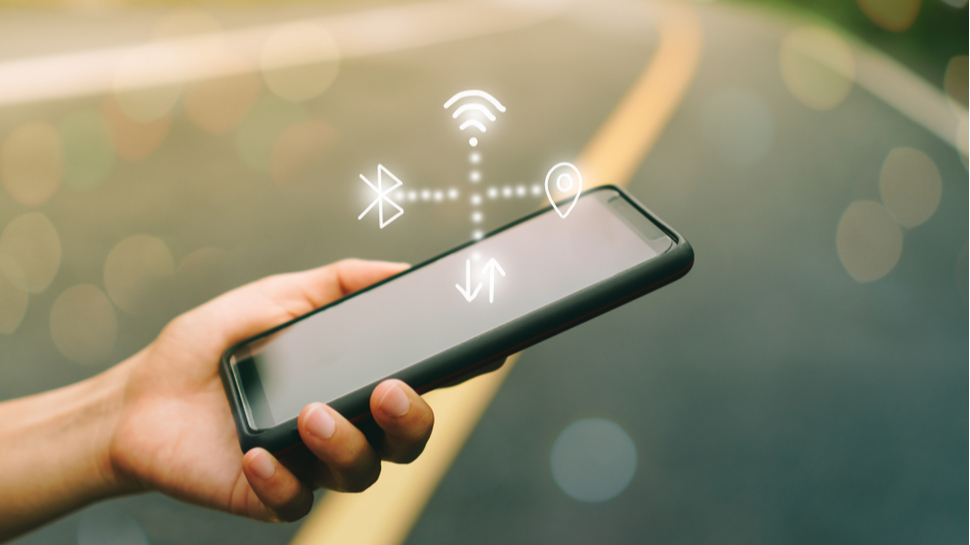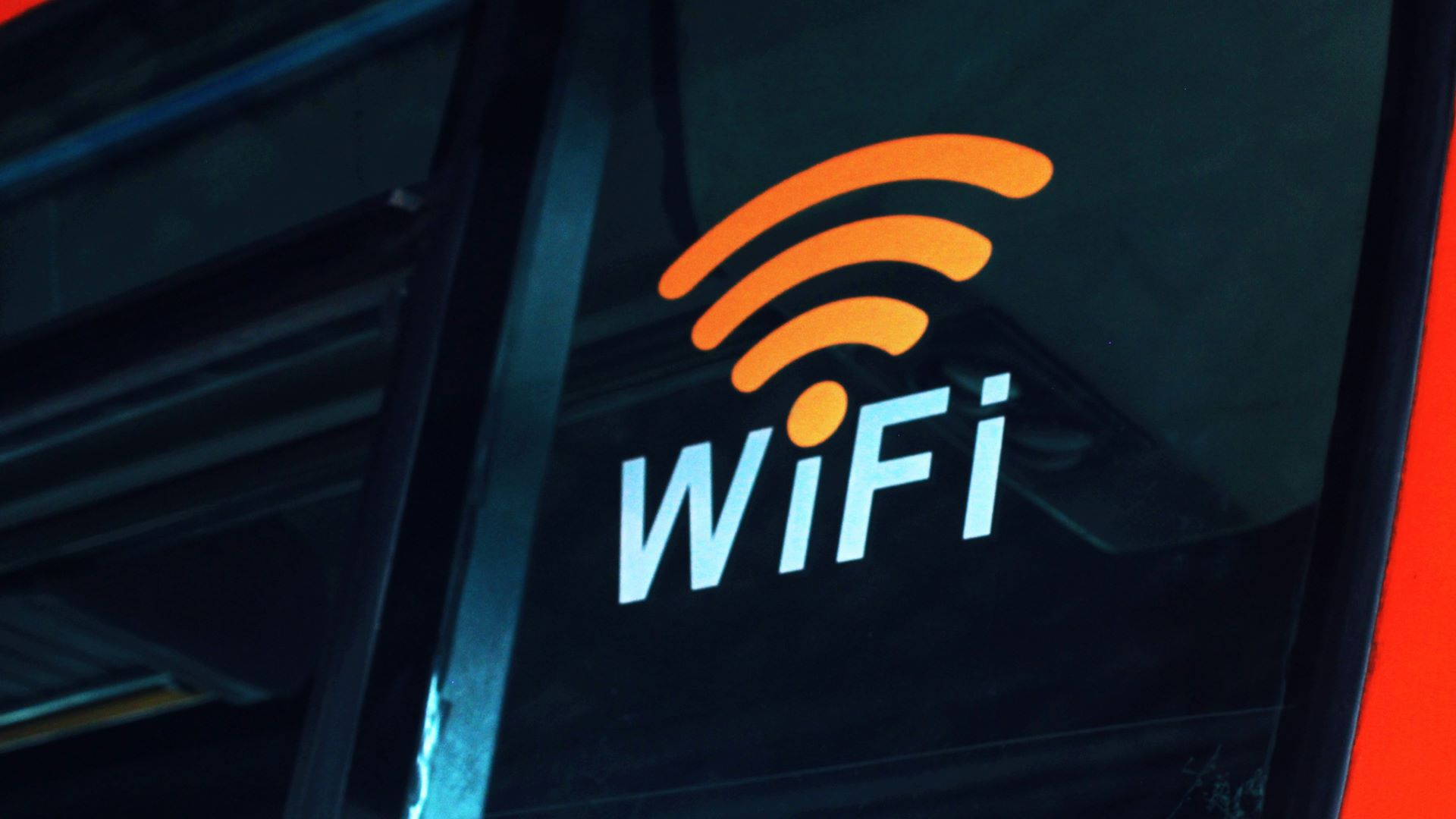What is Bluetooth?

Bluetooth first made its debut as a consumer technology in 2000 and today it can be found in a wide variety of devices including the best Bluetooth speakers, the best wireless headphones, the best laptops, and more.
It's a wireless communication protocol for connecting devices through the air over short distances. Though slower than the most recent Wi-Fi 7, it's often simpler to set up and is usually preferred for device-to-device transfers. With just about every smartphone out there supporting Bluetooth, it's become the default way for connecting speakers, headphones, and other devices to phones without wires. It works across plenty of other devices too, including printers, remotes, and computers.
As with Wi-Fi, Bluetooth standards continue to improve, with faster transfer times and reduced power use (very important for portable devices). The technology is likely to play a significant role in the growing Internet of Things market in the years ahead as well.
Bluetooth explained
1. The history of Bluetooth

First conceived in 1994, the original purpose of Bluetooth was simply to transfer data without wires. You can amaze your friends at the next pub quiz by telling them it's named after a Danish king who united Denmark and Norway at the end of the first millennium.
Appropriately, unification (in terms of connecting disparate devices) was one of the ideas behind Bluetooth. It was invented by a team of engineers working at Ericsson in Sweden before being adopted by the tech community at large and officially launched in 1998.
The next year the Bluetooth 1.0 standard was established and in 2000 we saw the very first Bluetooth headset. Mice, keyboards, smartphones, printers, hands-free car kits, laptops, and more followed suit, as did successive versions of the Bluetooth standard.
As of February 2023, we're now up to Bluetooth 5.4. It still includes the technology that we've grown accustomed to - from automatically syncing data from your fitness band to unlocking your smartphone when it detects another trusted Bluetooth device in range.
The Bluetooth Special Interest Group (SIG), originally made up of five companies, controls the development of the technology - the members of the Bluetooth SIG now run into the tens of thousands, and Bluetooth shows no signs of fading from the scene just yet.
2. The characteristics of Bluetooth

Bluetooth is designed to be as easy to use as possible which means a lot of the technical aspects of the technology are hidden away from users - at most, you'll have to enter a PIN code when you're trying to get two devices to sync up together.
Bluetooth uses a closed-off network of 79 bands of radio waves. Bluetooth devices can automatically detect each other and you can connect up to eight different devices at once, all without using up too much valuable battery power along the way.
There are two flavors of Bluetooth, Bluetooth Basic Rate/Enhanced Data Rate (BR/EDR) and Bluetooth Low Energy (LE). Bluetooth BR/EDR is more limited in terms of range but is more suitable for keeping up a continuous connection (for streaming audio, for example).
The most recent Bluetooth 5.4 lists a maximum theoretical speed of around 2 Mbps (LE) / 50 Mbps (EDR) and a maximum theoretical range of 800 feet (240 meters), but in practice, you're going to get slower speeds and shorter ranges.
It also has a host of new features like improved range and speed, enhanced security, periodic advertising enhancement (devices promote themselves more frequently, channel selection algorithm (selects the best channel for communication), and link loss mitigation (prevents interference from dropping connections).
3. Bluetooth vs. Wi-Fi

Bluetooth and Wi-Fi are both used to transfer data wirelessly, but they're actually very different. That said, the two technologies are now battling it out to be the dominant standard for the growing number of IoT and smart home devices appearing on the market.
Bluetooth works best for device-to-device connections and for creating ad hoc networks anywhere (called piconets). Wi-Fi, meanwhile, is better suited for creating wider networks based around one central source - usually the router box installed in your house.
Bluetooth is simpler to set up and doesn't use up much power but has a shorter range and is slower - binge-watching Netflix is usually out of the question. It's best used to complement Wi-Fi for keeping smaller devices (like your mouse and laptop) linked.
Both standards are evolving all the time: the new Wi-Fi Direct is designed to bring some of the benefits of Bluetooth to Wi-Fi, for example, removing the need for a central access point (your router) and making it easier for two devices to connect directly to each other.
Bluetooth 5.4, meanwhile, features better support for navigation technologies and location sensing, as well as further increasing both the speed and range of Bluetooth LE. Despite its illustrious history, the best days of Bluetooth may still be ahead of it.
Final thoughts
Bluetooth is an incredibly popular method of connection and continues to grow and improve over time. While it's nowhere near the level of performance of Wi-Fi connections but when you need to connect technology together, nothing is faster and easier.
It's quite fascinating watching Bluetooth develop as a consumer tech in such a relatively short amount of time, and even more so that it hasn't been overshot by a rival alternative as of now. It'll be interesting to see how much more it'll have improved by Bluetooth 6.
You might also like
- I spent hours trying to restore Bluetooth on my laptop
- I tried the expensive yet eccentric Bearbrick Bluetooth speaker
- 5 essential tips to find the perfect portable Bluetooth speaker for you
Sign up for breaking news, reviews, opinion, top tech deals, and more.

Named by the CTA as a CES 2023 Media Trailblazer, Allisa is a Computing Staff Writer who covers breaking news and rumors in the computing industry, as well as reviews, hands-on previews, featured articles, and the latest deals and trends. In her spare time you can find her chatting it up on her two podcasts, Megaten Marathon and Combo Chain, as well as playing any JRPGs she can get her hands on.
- David NieldFreelance Contributor